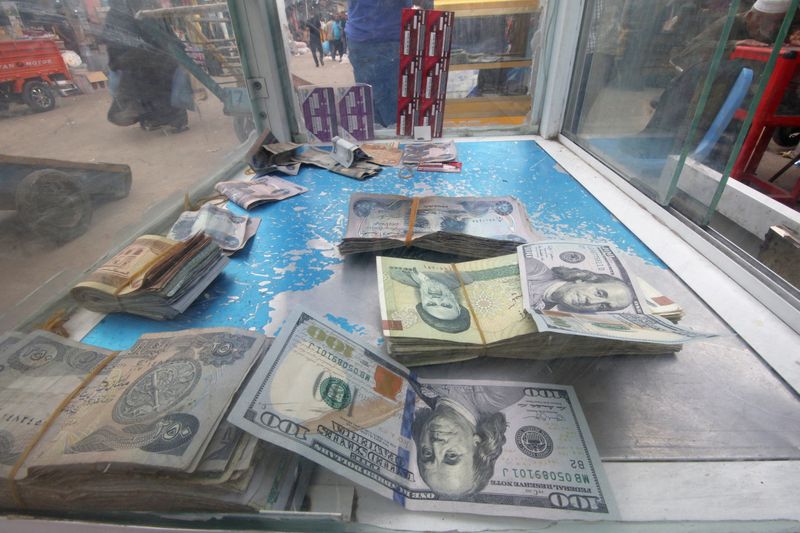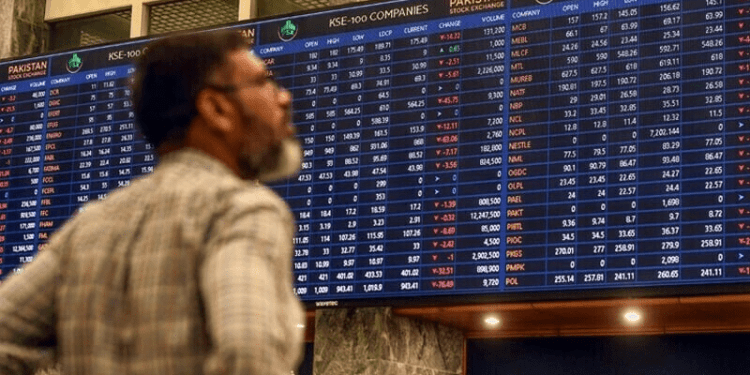
© Reuters. FILE PHOTO: Iranian rials, U.S. dollars and Iraqi dinars are seen at a currency exchange shopÊin Basra, Iraq November 3, 2018. Picture taken November 3, 2018. REUTERS/Essam al-Sudani/File Photo
AUD/USD
-0.88%
Add to/Remove from Watchlist
Add to Watchlist
Add Position
Position added successfully to:
Please name your holdings portfolio
Type:
BUY
SELL
Date:
Amount:
Price
Point Value:
Leverage:
1:1
1:10
1:25
1:50
1:100
1:200
1:400
1:500
1:1000
Commission:
Create New Watchlist
Create
Create a new holdings portfolio
Add
Create
+ Add another position
Close
NABZY
-0.69%
Add to/Remove from Watchlist
Add to Watchlist
Add Position
Position added successfully to:
Please name your holdings portfolio
Type:
BUY
SELL
Date:
Amount:
Price
Point Value:
Leverage:
1:1
1:10
1:25
1:50
1:100
1:200
1:400
1:500
1:1000
Commission:
Create New Watchlist
Create
Create a new holdings portfolio
Add
Create
+ Add another position
Close
DXY
+0.89%
Add to/Remove from Watchlist
Add to Watchlist
Add Position
Position added successfully to:
Please name your holdings portfolio
Type:
BUY
SELL
Date:
Amount:
Price
Point Value:
Leverage:
1:1
1:10
1:25
1:50
1:100
1:200
1:400
1:500
1:1000
Commission:
Create New Watchlist
Create
Create a new holdings portfolio
Add
Create
+ Add another position
Close
By Karen Brettell
NEW YORK (Reuters) -The U.S. dollar index jumped to a seven-week high in a broad rally on Friday after data showed that employers added far more jobs in January than expected, reducing the chances of near-term Federal Reserve interest rate cuts.
Nonfarm payrolls increased by 353,000 last month, beating economists’ expectations for a gain of 180,000. Average hourly earnings increased 0.6% after rising 0.4% in December.
It “blew away expectations,” said Marc Chandler, chief market strategist at Bannockburn Global Forex in New York. “The market has further cut the chances of a March cut and reduced the amount of cuts (it expects) the Fed will deliver this year.”
The dollar had weakened in recent days in line with falling Treasury yields, even after Fed Chair Jerome Powell on Wednesday said that a March rate cut was unlikely.
Treasuries benefited from safe haven demand due to renewed concerns about the financial health of U.S. regional banks. But these concerns eased on Friday as U.S. regional bank stocks recovered slightly from a brutal two-day sell-off, helping send yields higher.
Recent moves in the dollar and Treasury yields in large part also reflect repositioning, following a strong January for the greenback and higher Treasury yields during the month.
“After a big move in most of January, I would say there was some position adjusting,” said Chandler. After Friday’s data, however, “I’m looking for a firmer dollar tone,” he added.
The dollar index reached 104.04, the highest since Dec. 12. The euro fell to $1.07810, holding just above the $1.07800 level reached on Thursday, which was the weakest since Dec. 13. The greenback rose to 148.58 yen, just below the 148.80 level reached on Jan. 19, which was the highest since Nov. 28 .
Traders are now pricing in a 21% chance of a rate cut in March, down from 38% on Thursday, and a 75% probability for May, down from 94%, according to the CME Group’s FedWatch Tool.
Sterling fell to $1.26140, the lowest since Jan. 17. The British currency had gained on Thursday after the Bank of England kept interest rates at a nearly 16-year high on Thursday and pushed back against the likelihood of near-term rate cuts.
The Australian dollar fell to a 10-week low of $0.65035.
The Aussie has been trying to stage a short-term bullish reversal at “critical support” near $0.65, JPMorgan analysts Jason Hunter and Marko Kolanovic said on Friday in a report. If it fails to break above resistance at $0.664 to $0.6657 and sees further weakness it may next test support at the $0.617 to $0.6296 area, they said.
In cryptocurrencies, bitcoin fell 0.19% to $43,020.
Source: Investing.com




























